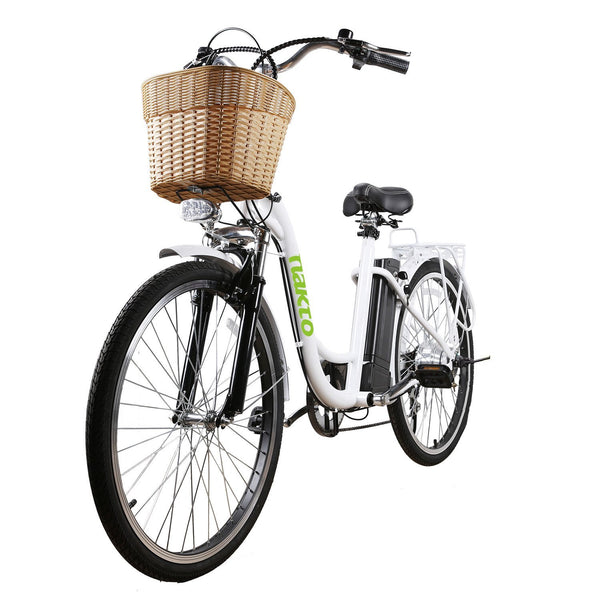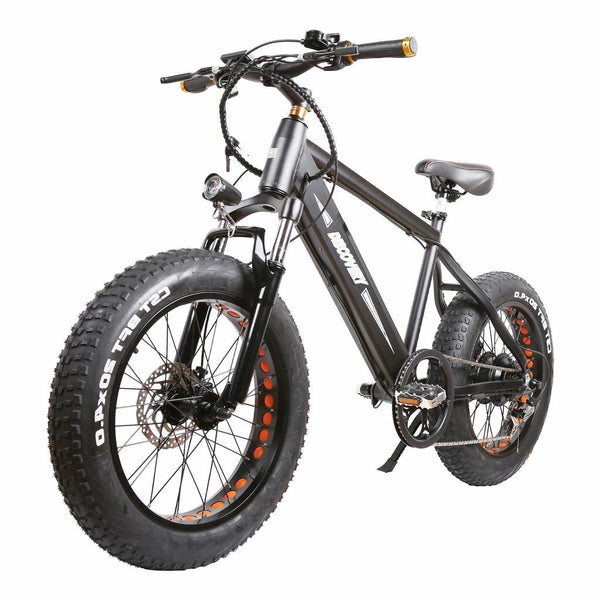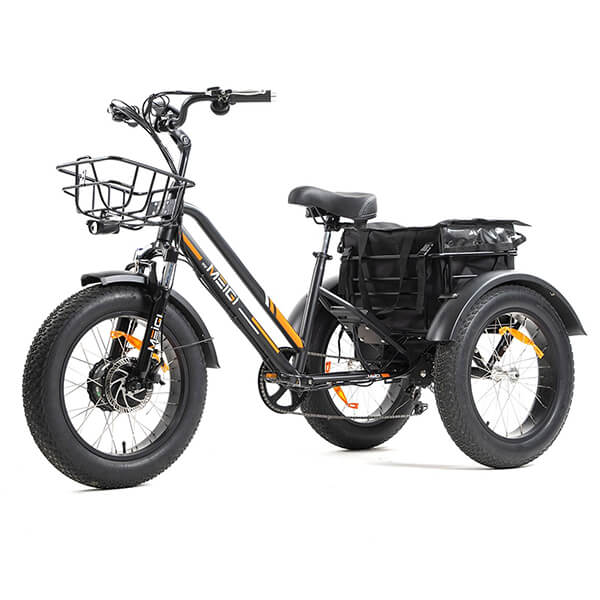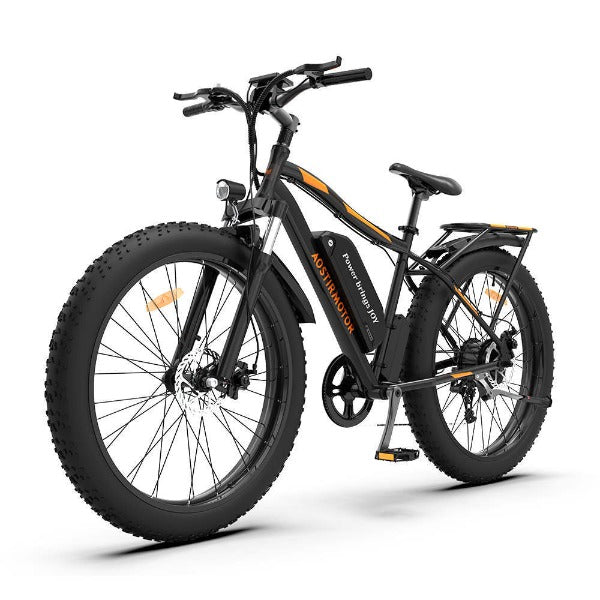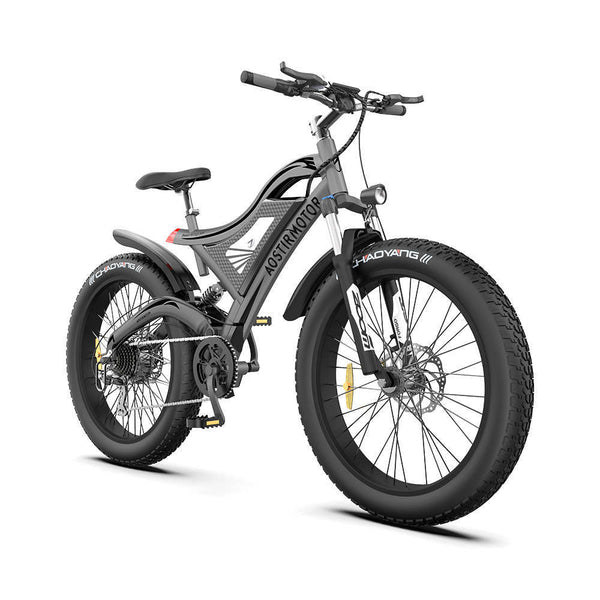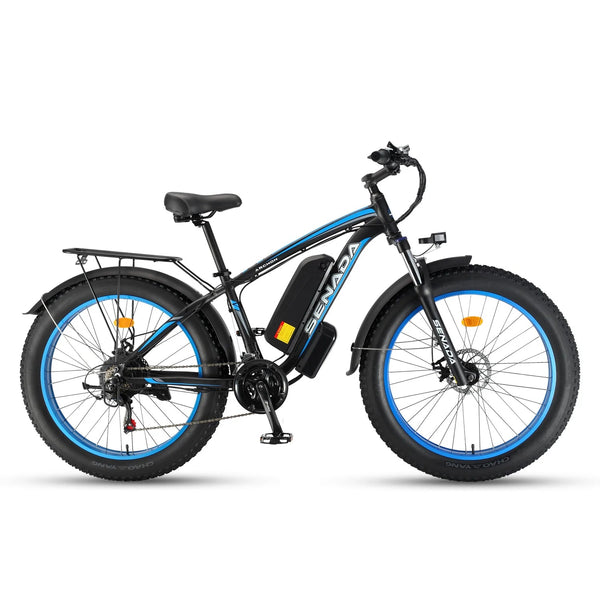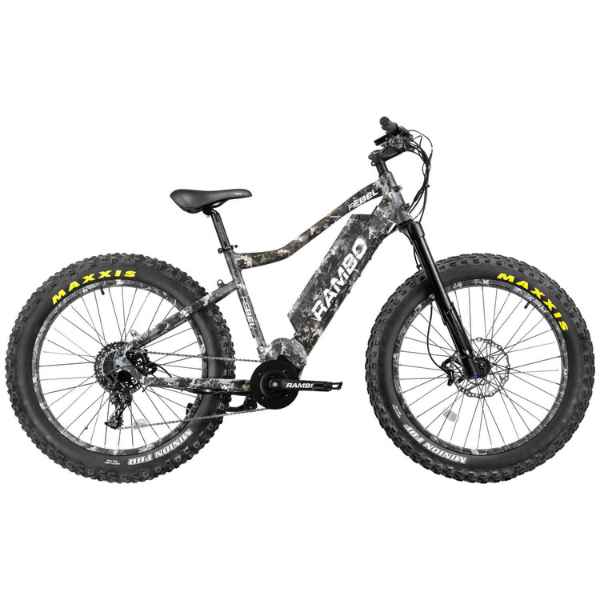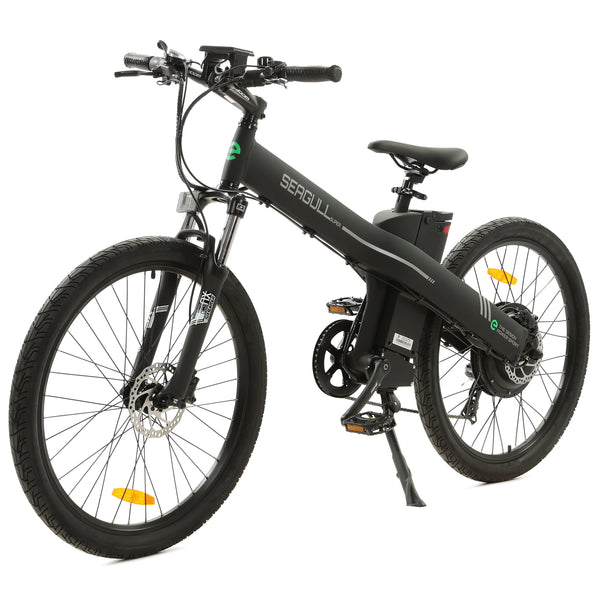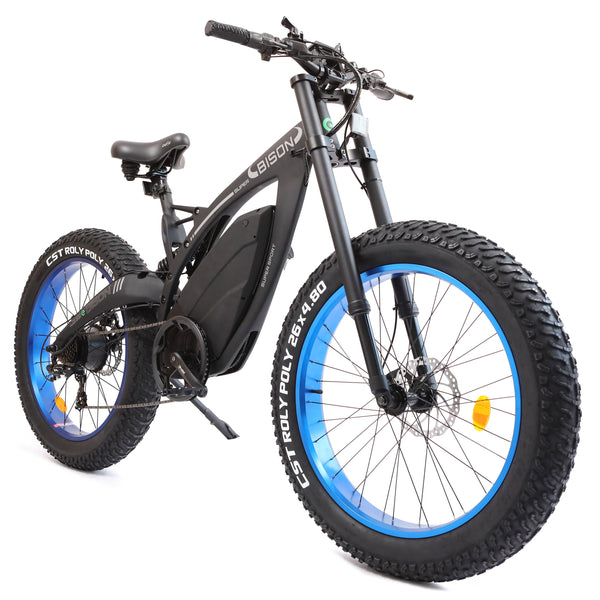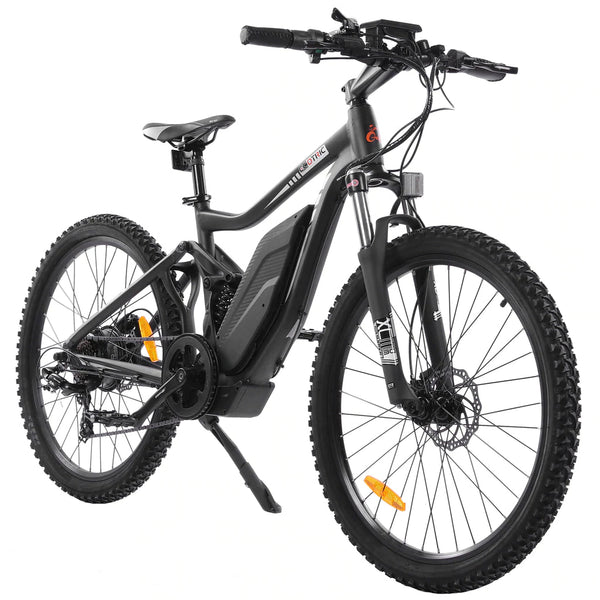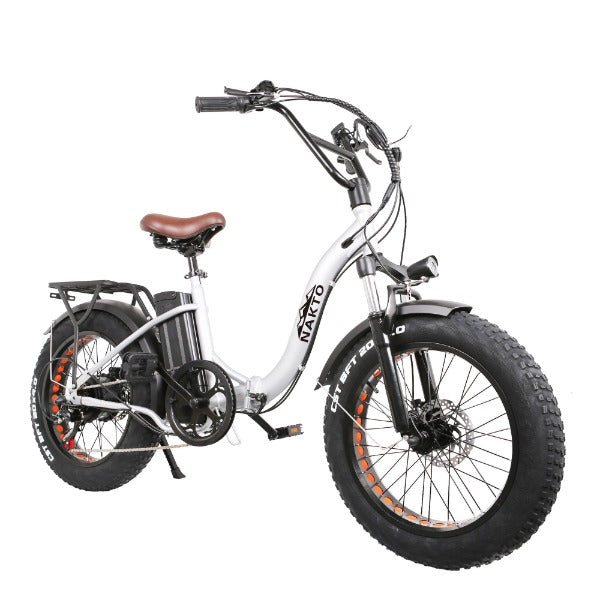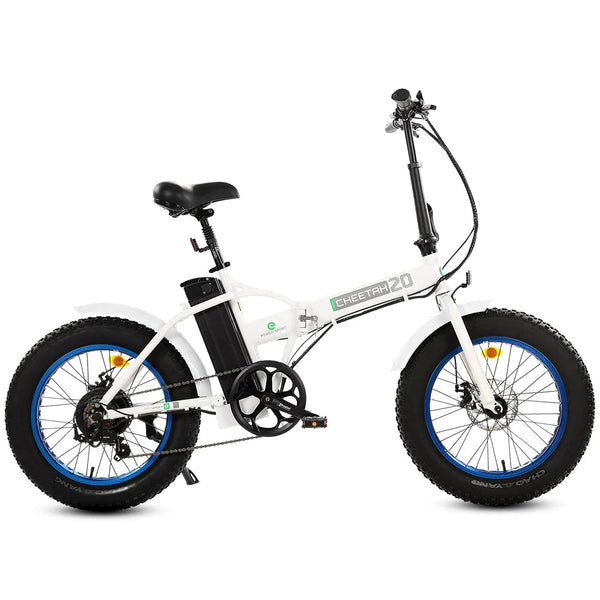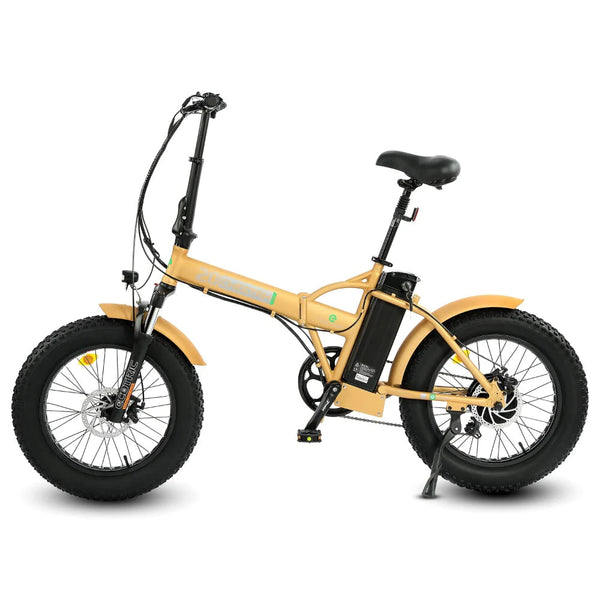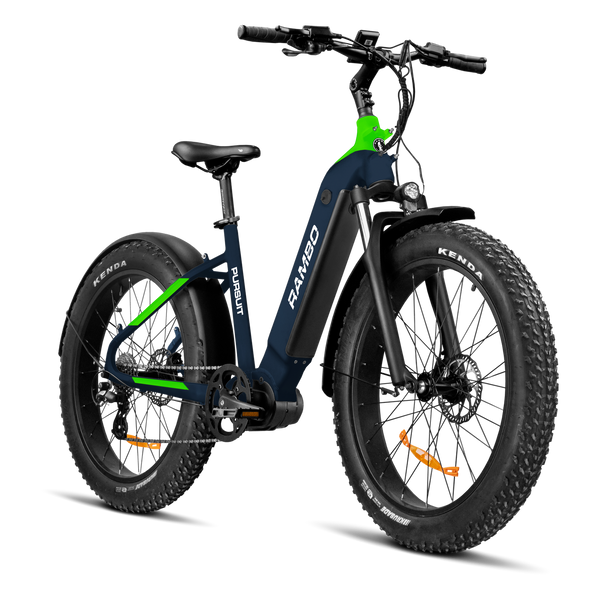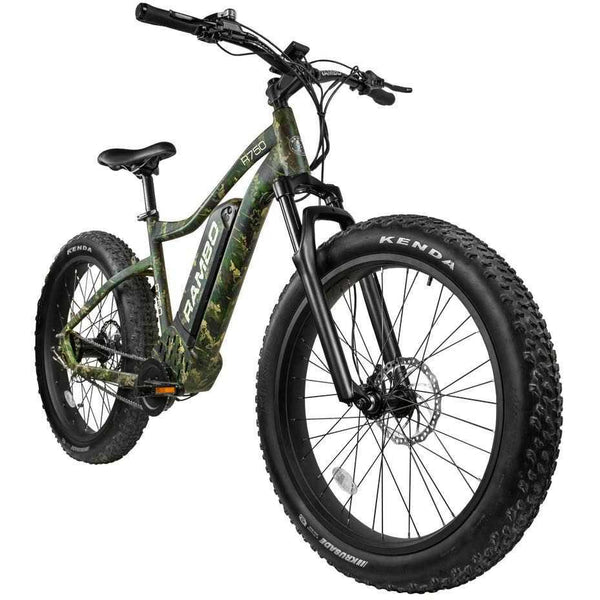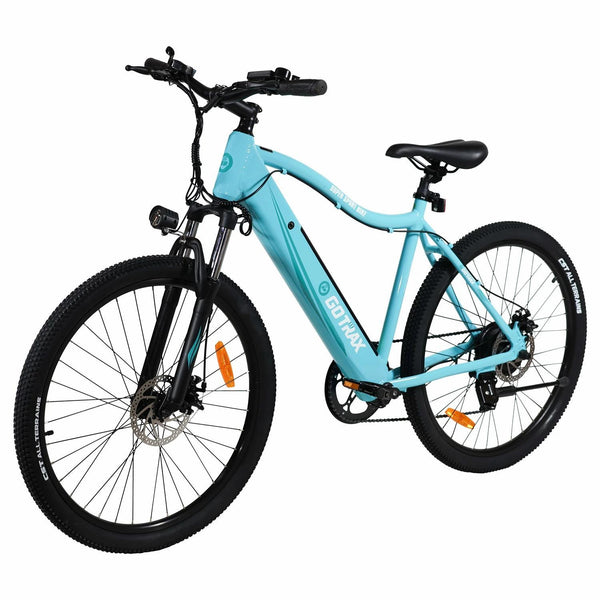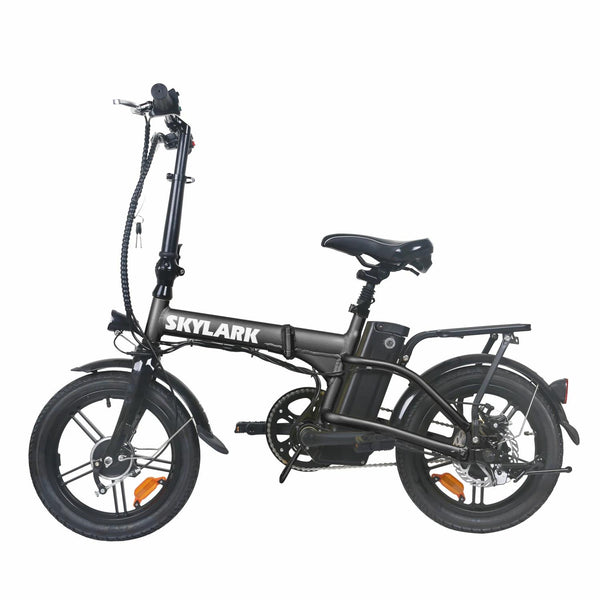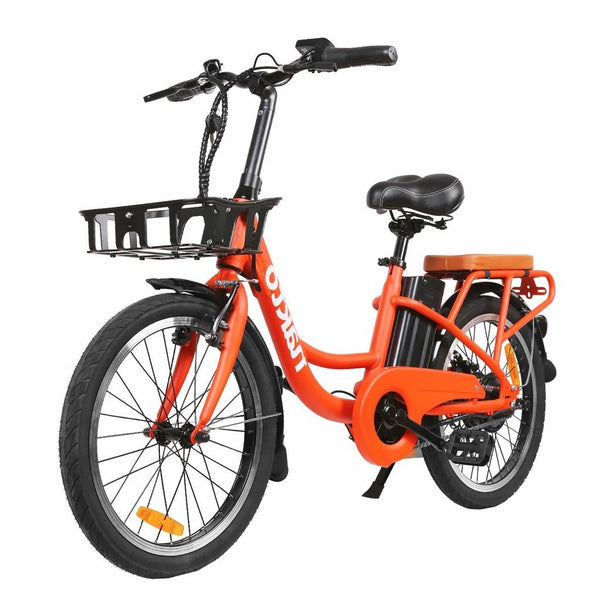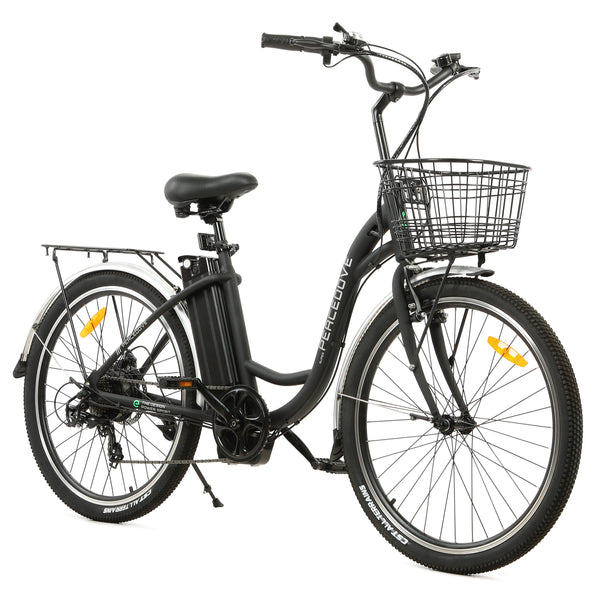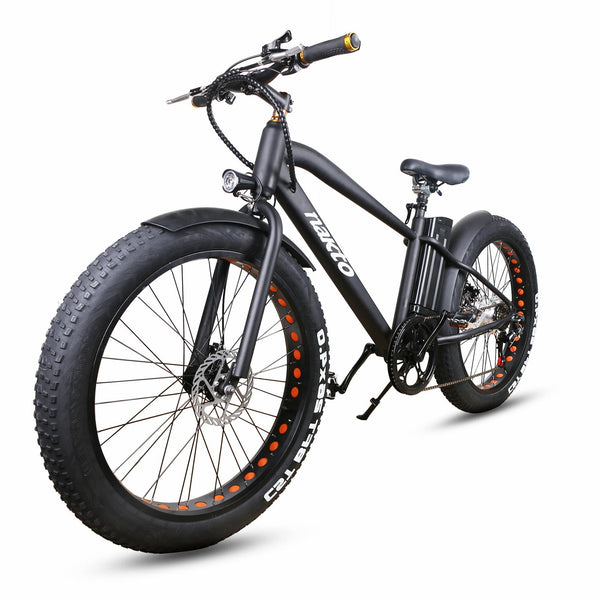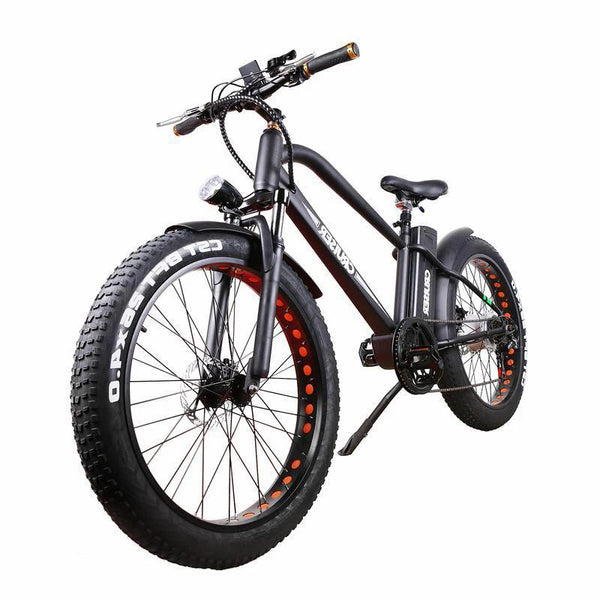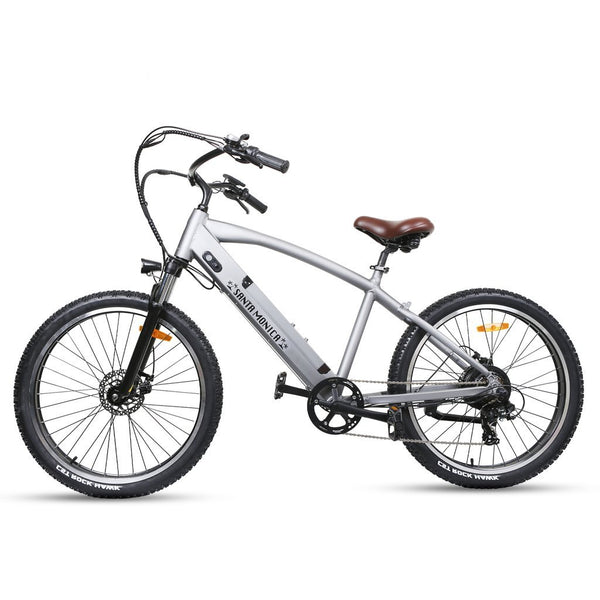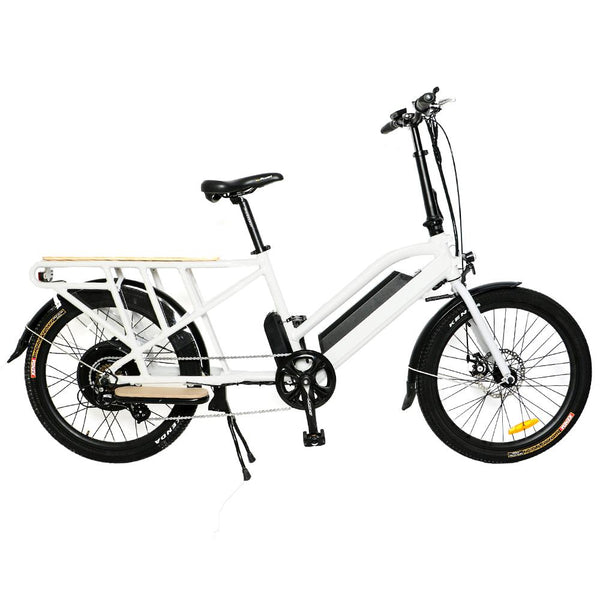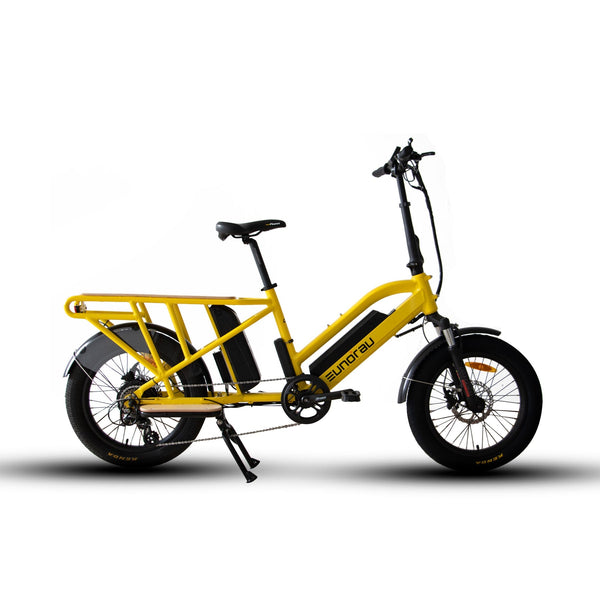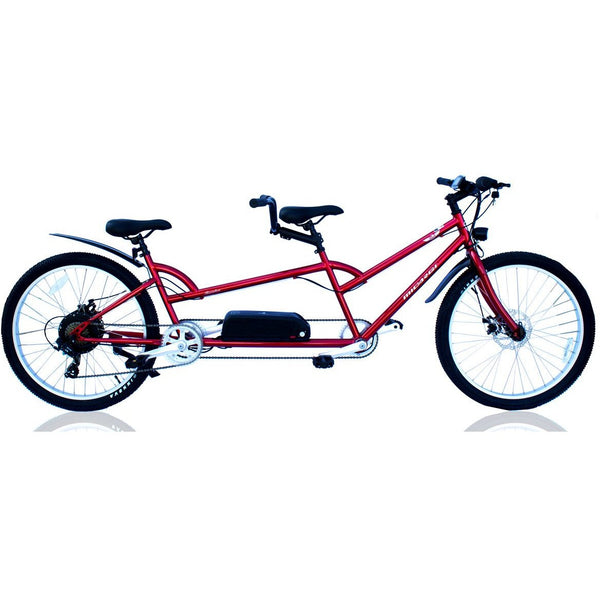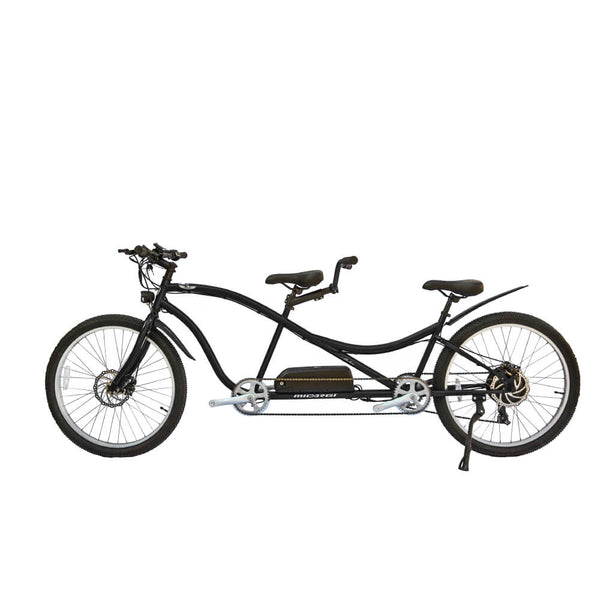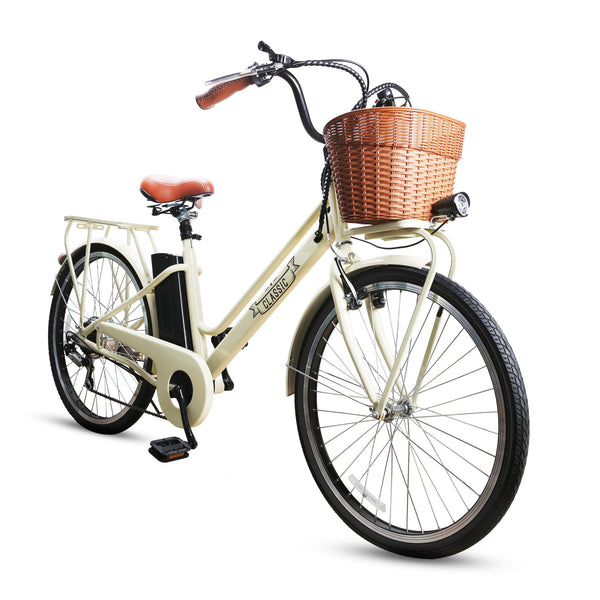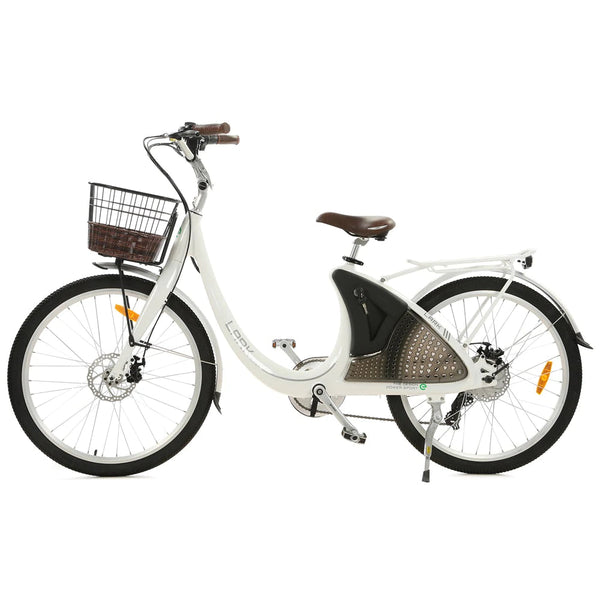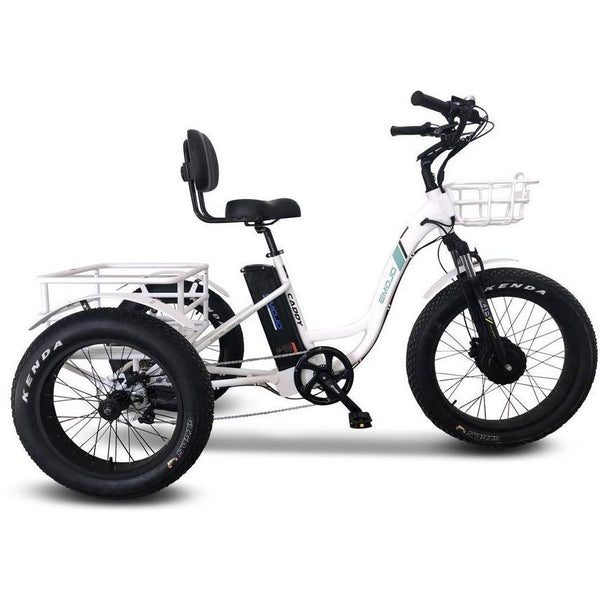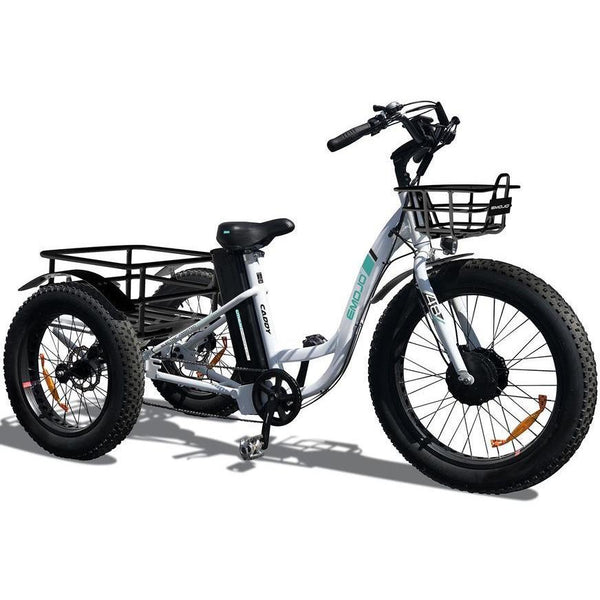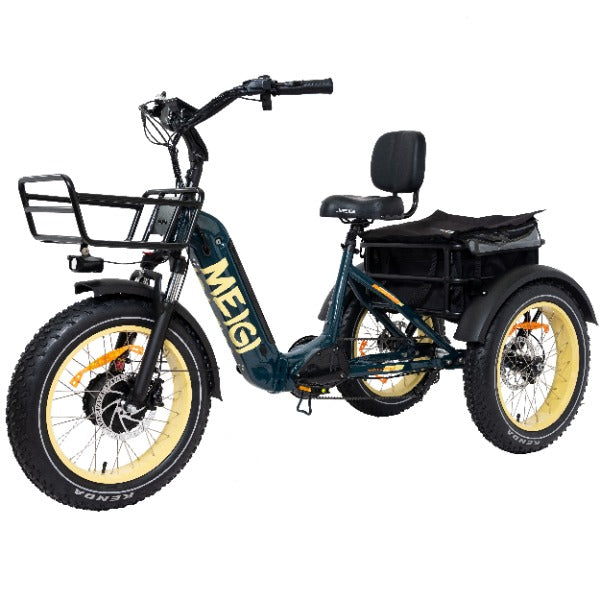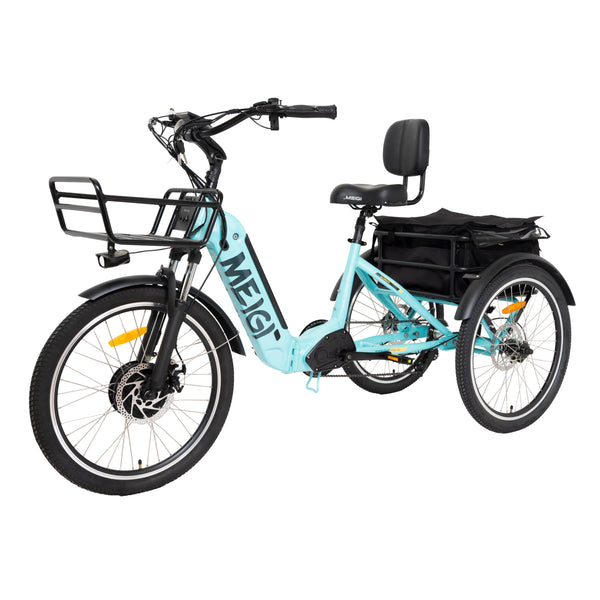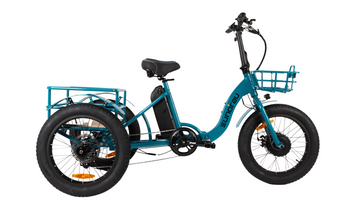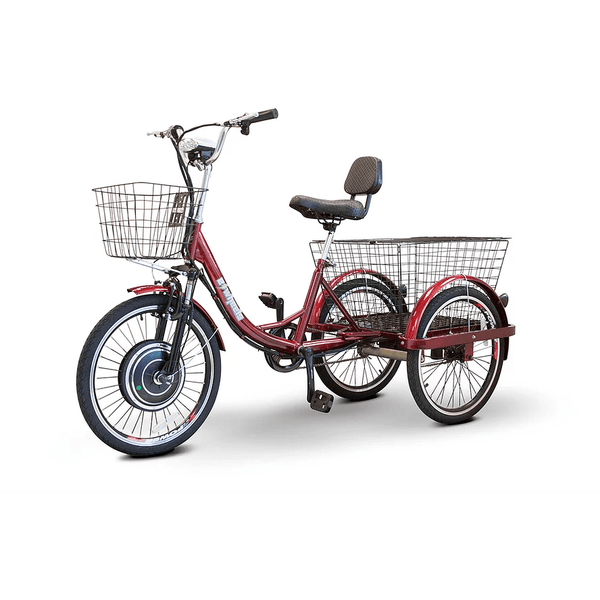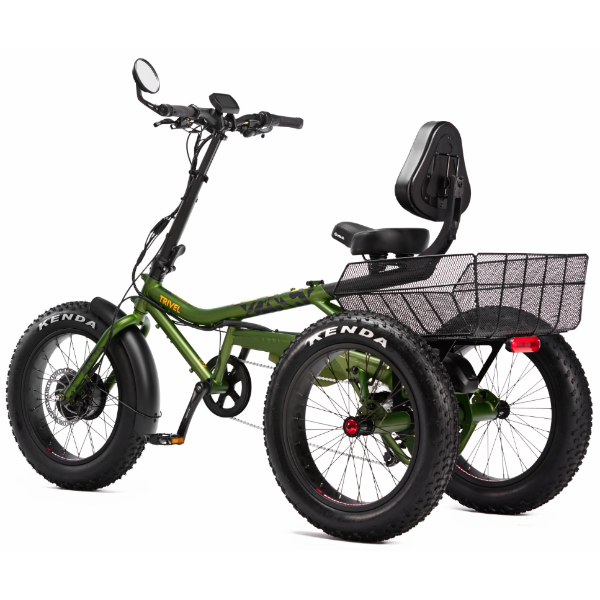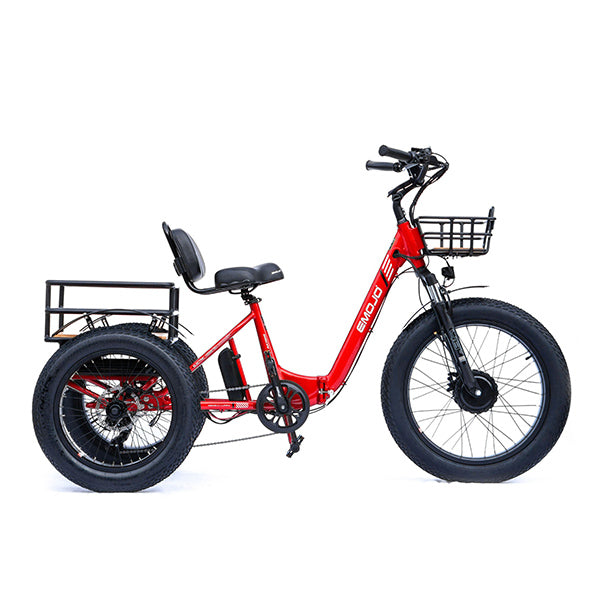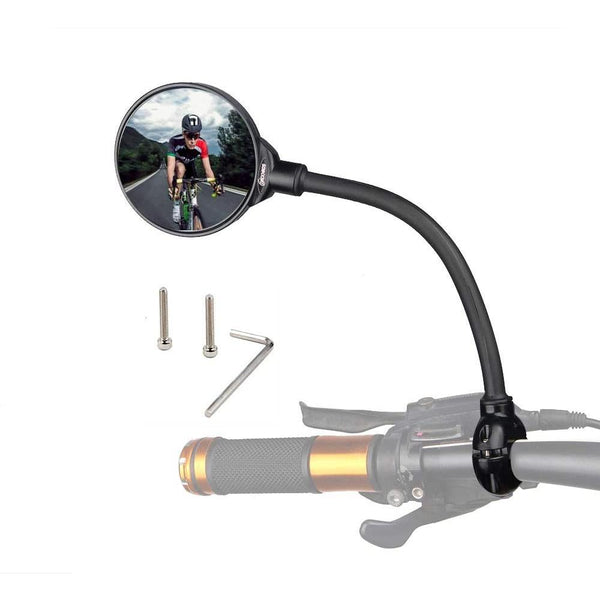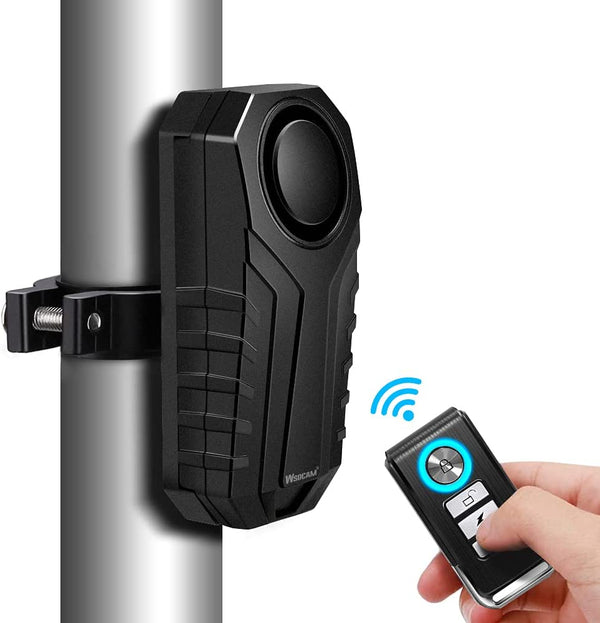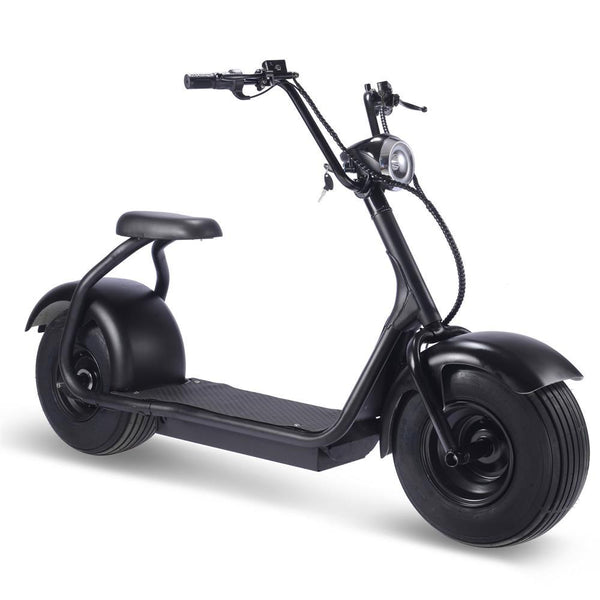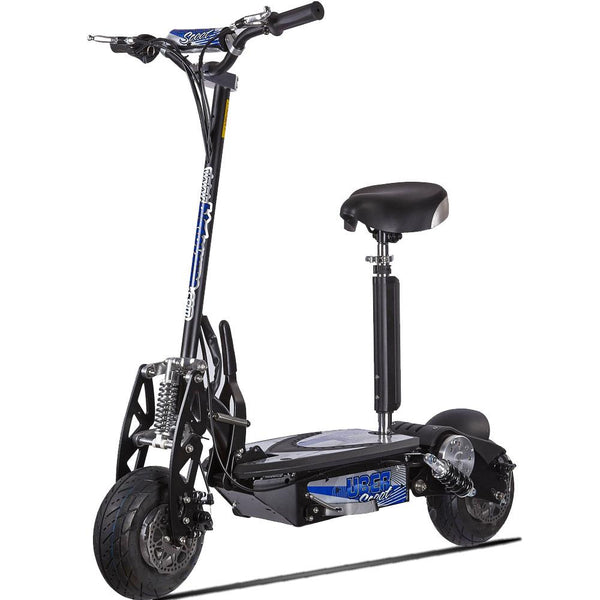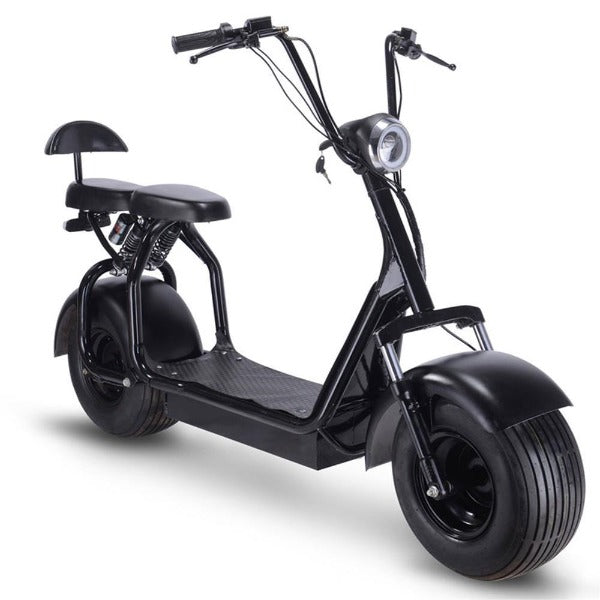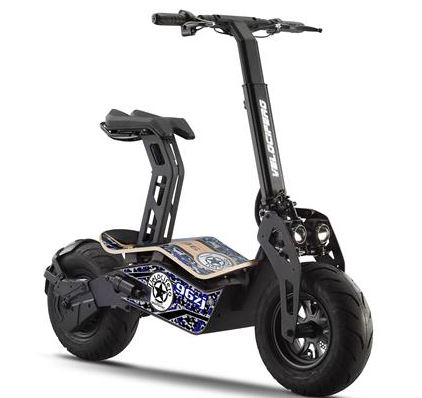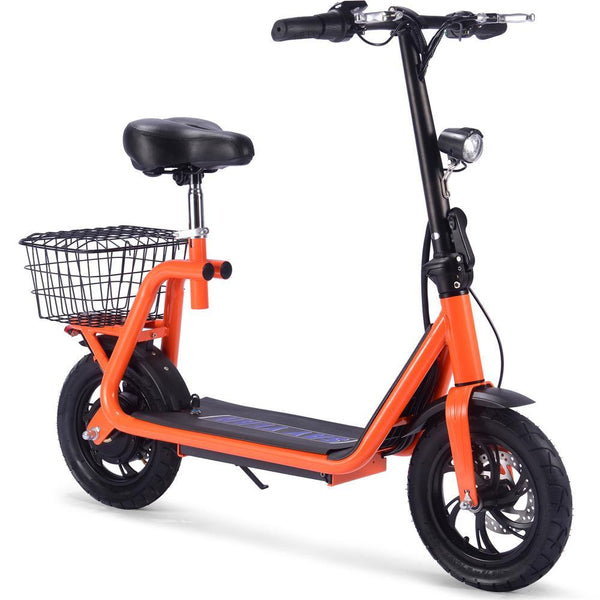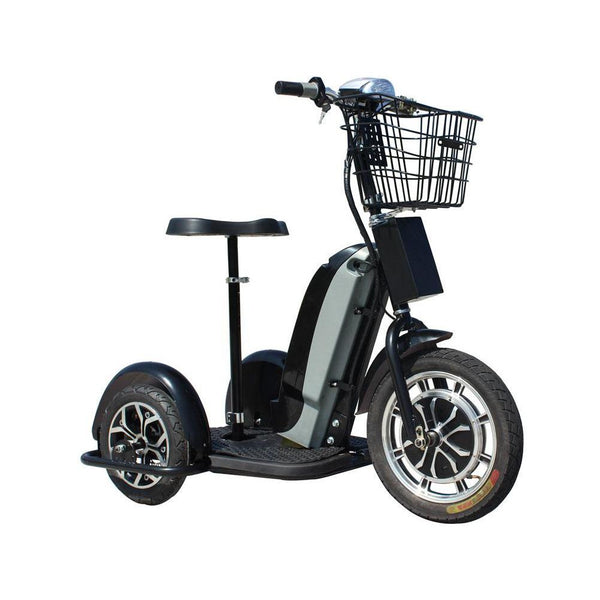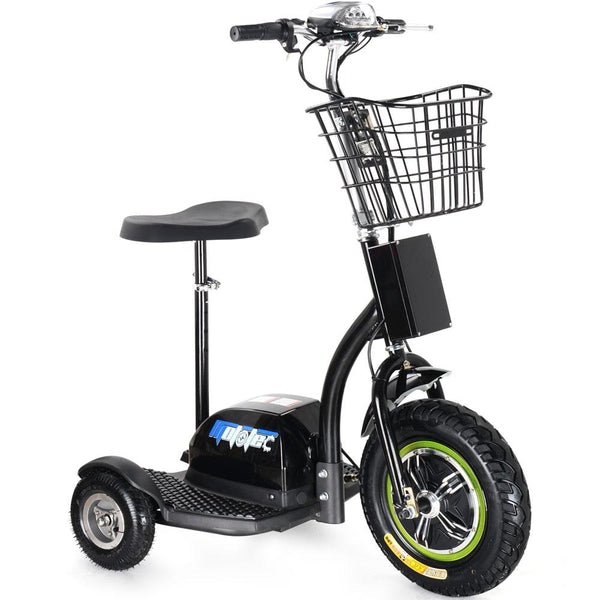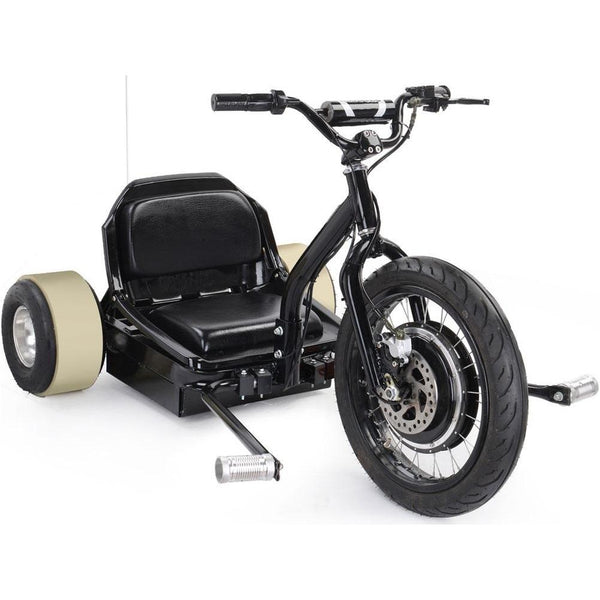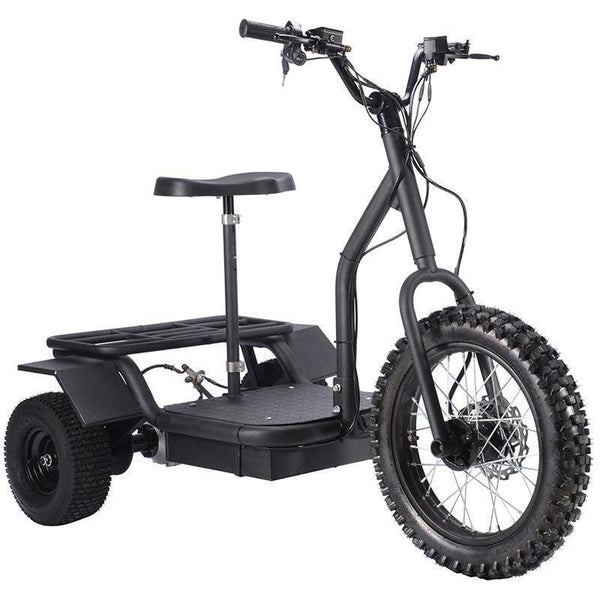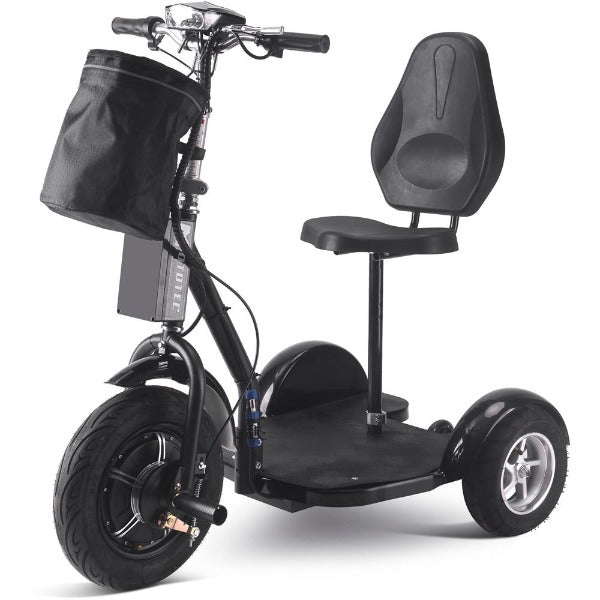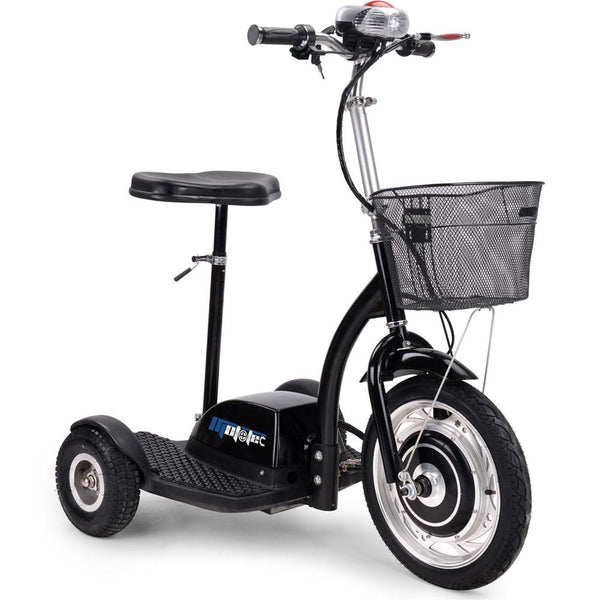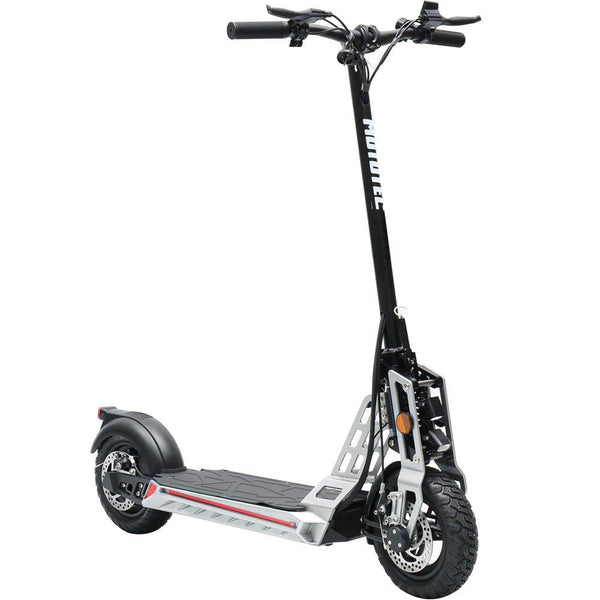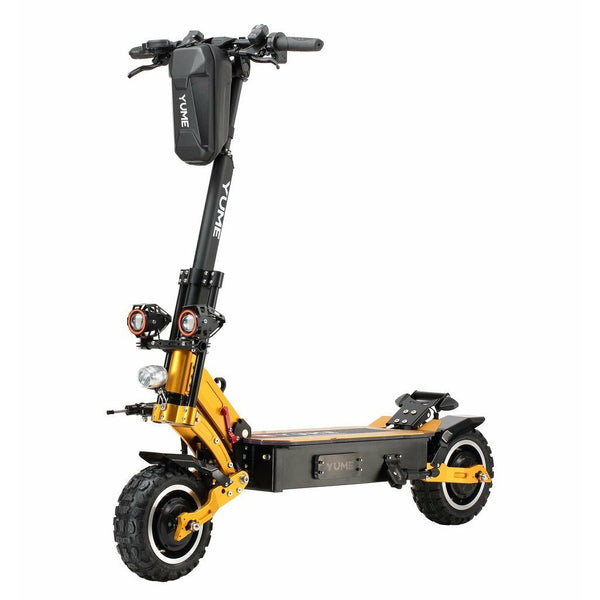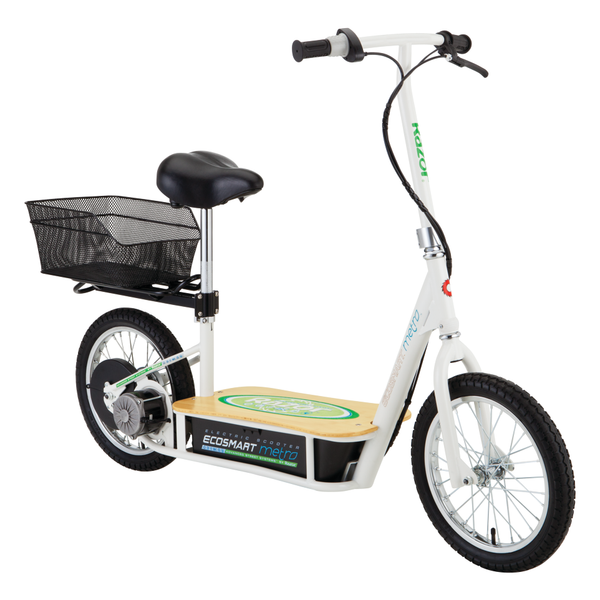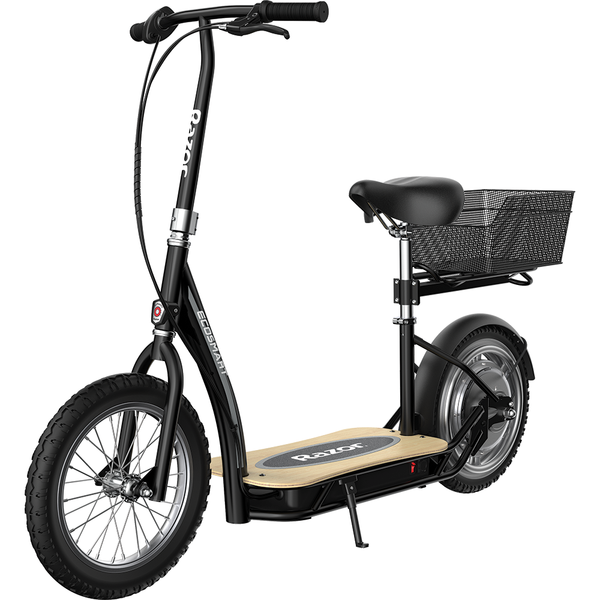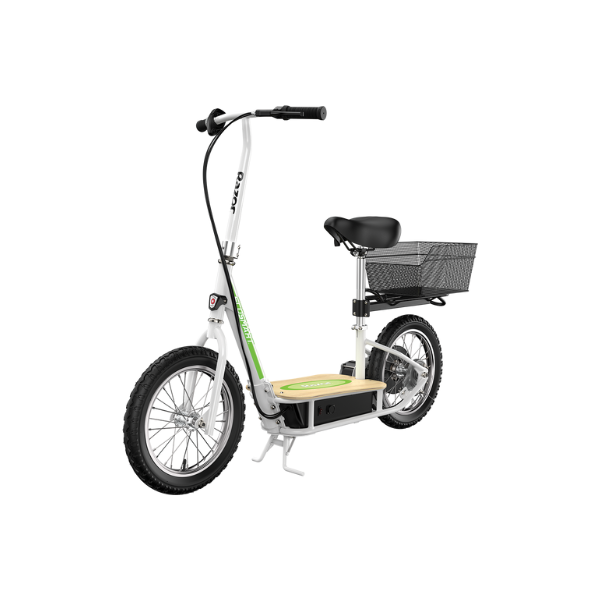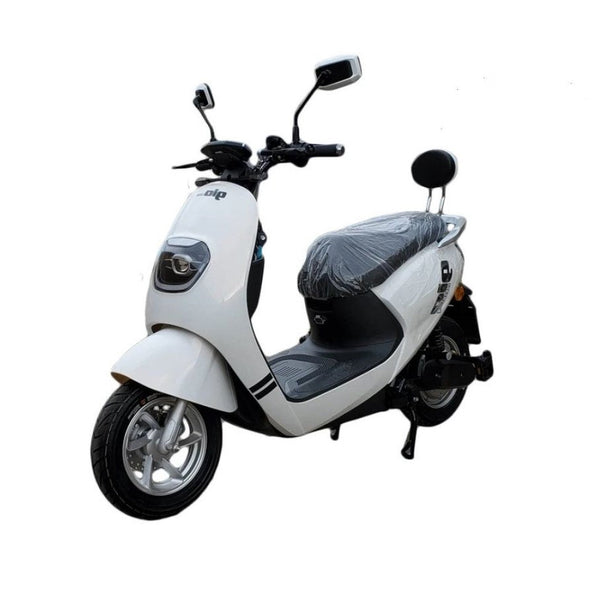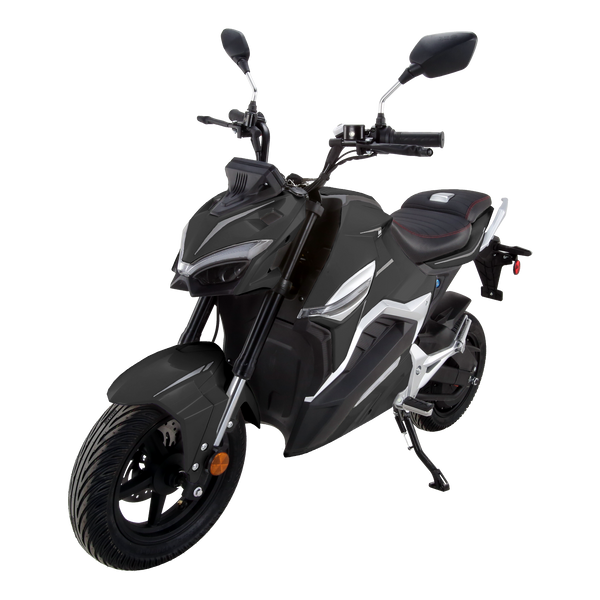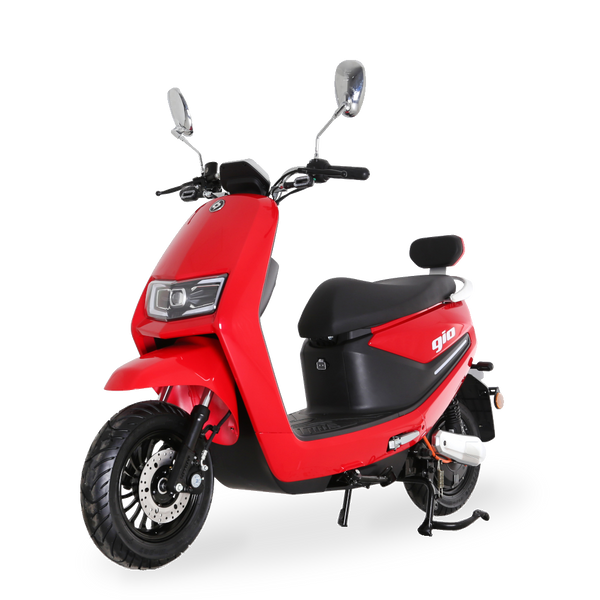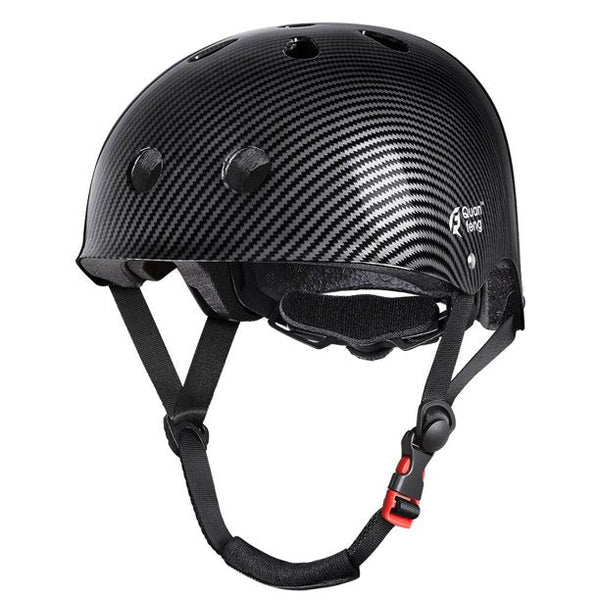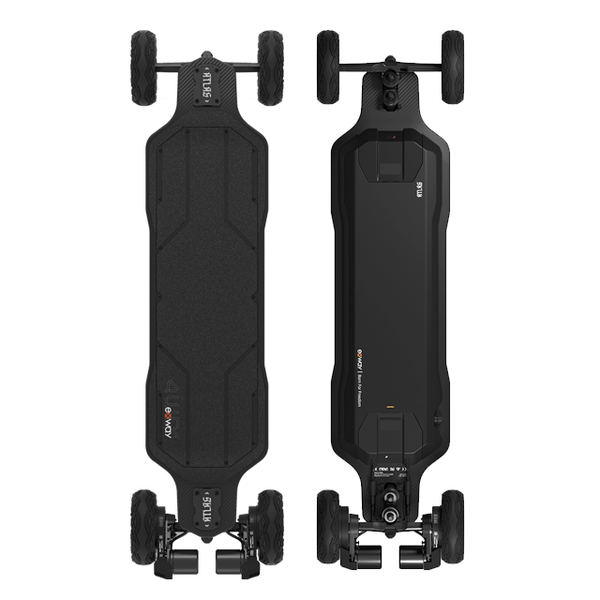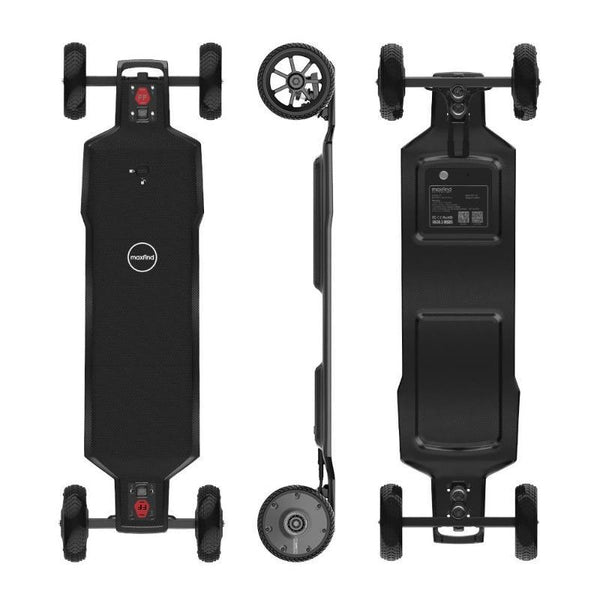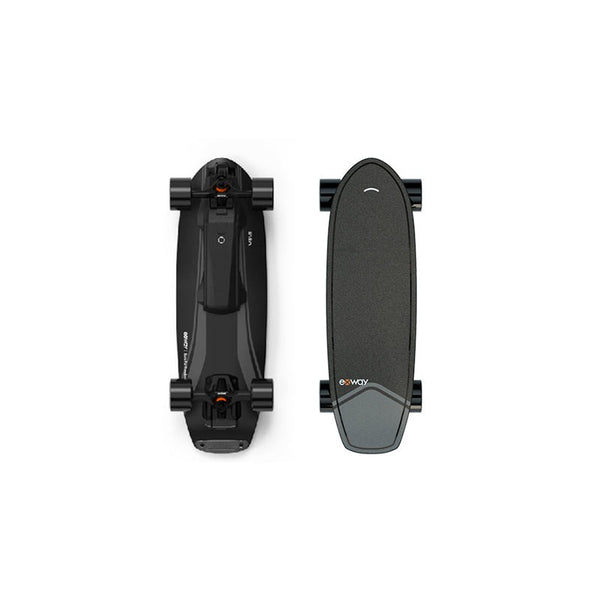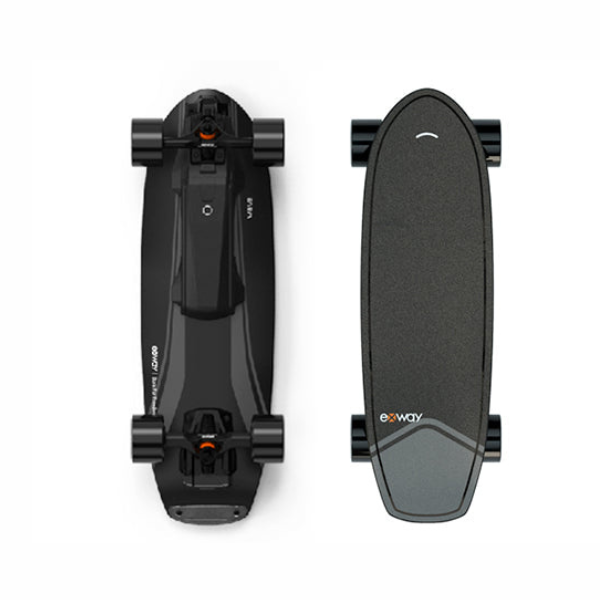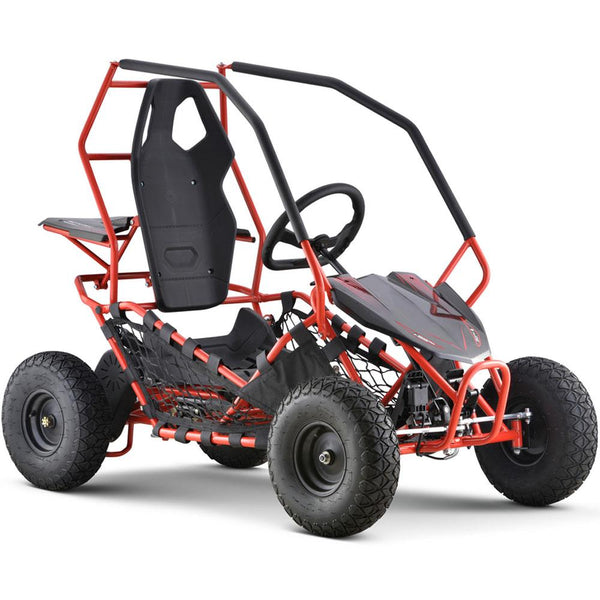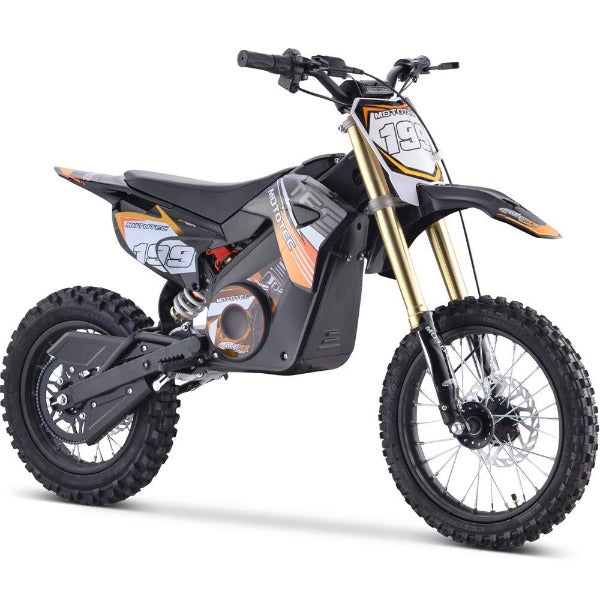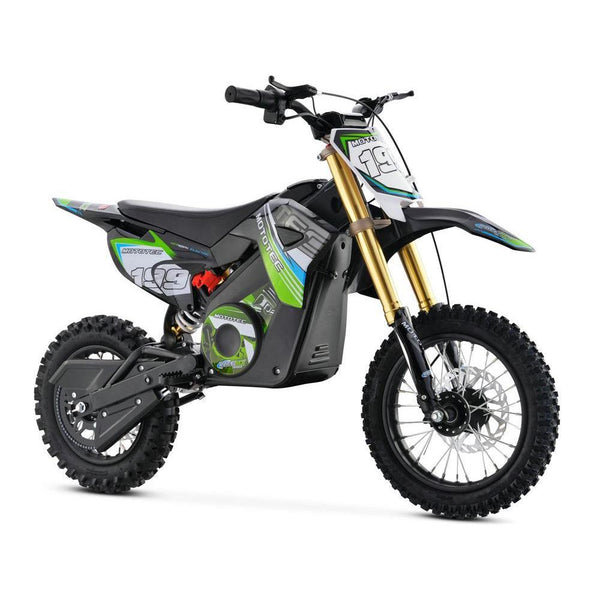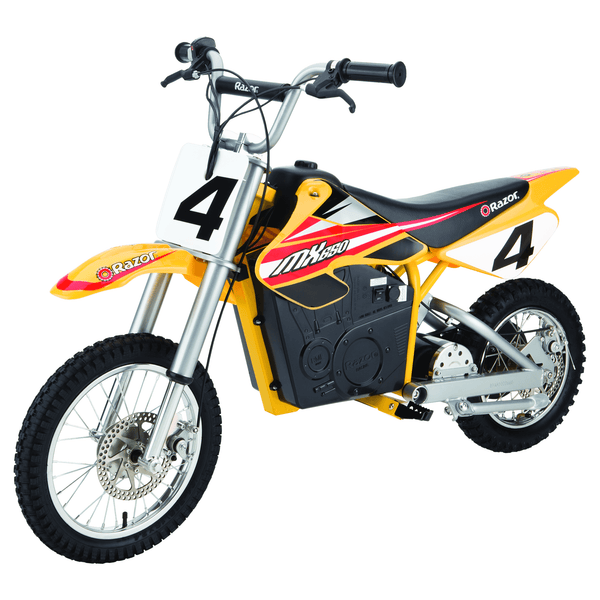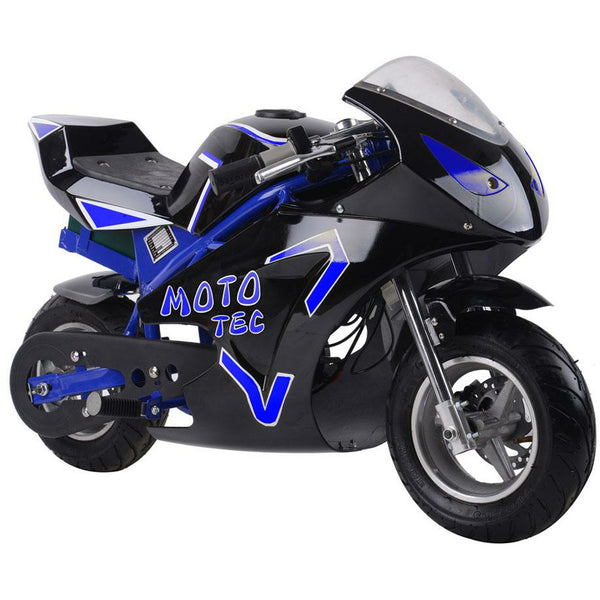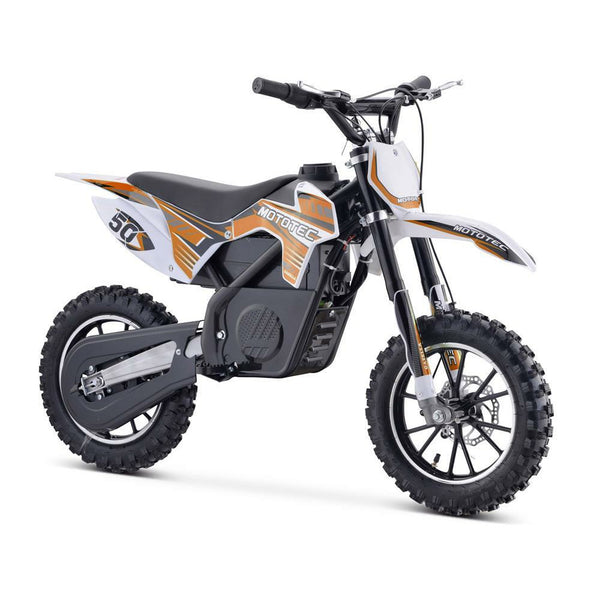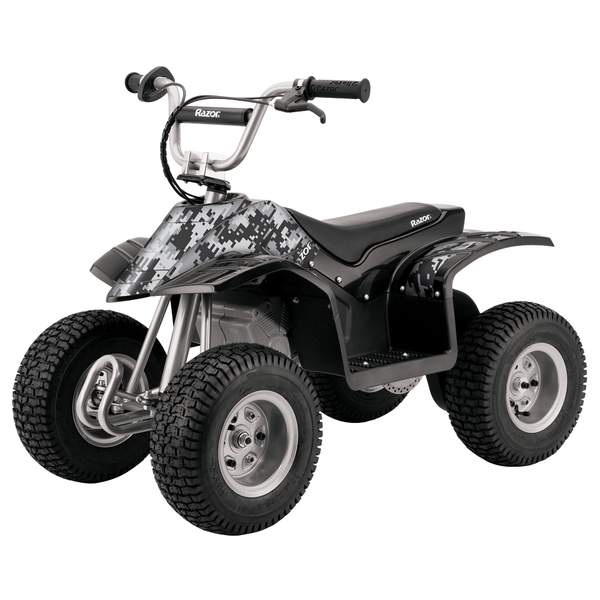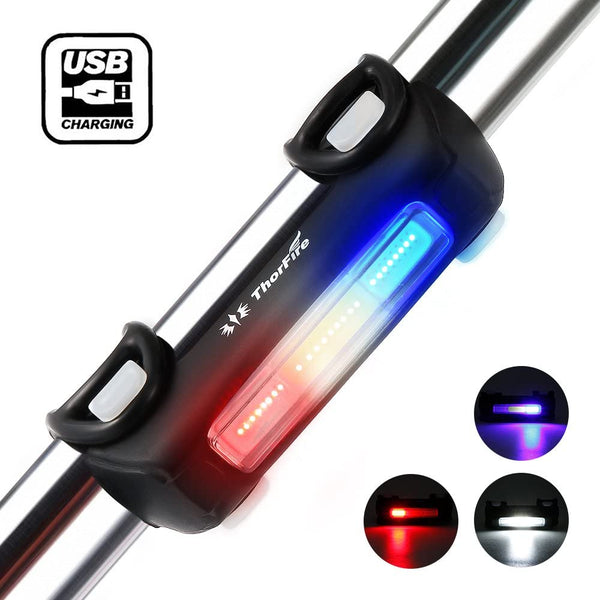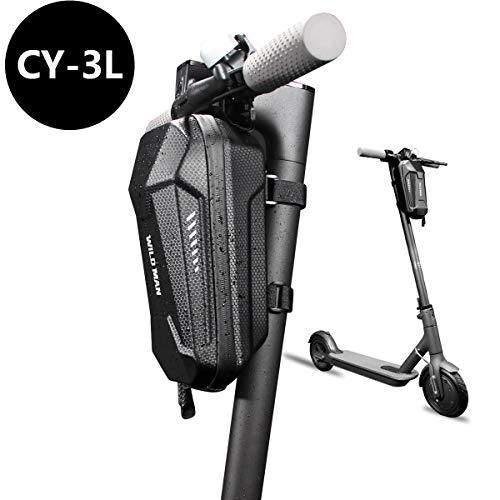Time to double-check the e-bike legislation in your area
The emergence of electric-powered vehicles constitutes the most significant transition in the world of transportation. From having roadways full of fuel-powered cars to increasing numbers of electric cars, bikes, and buses, there is no question that electric vehicles are close to taking full control of our roads. The convenience and environmental advantages that e-vehicles offer are what the hype is all about. Whether it’s an e-car, e-bike, or an e-bus, they all result in a smaller carbon footprint than all the other gasoline-powered cars, so you are guaranteed to have a convenient and secured ride while helping the environment all at the same time.
As electric vehicles improve and become more accessible and affordable, electric bikes have become the most practical choice for electric-powered vehicles. Not only do they offer the same benefits of convenience and environmental edge but also the ease and enjoyment of commuting to work or simply roaming around the park. Electric bikes or e-bikes are becoming the primary mode of transportation globally. In fact, in 2015, the total e-bikes sold worldwide reached an impressive figure of 17.4 million, while 350,000 units of which were recorded in the United States alone. Experts say that nearly 200 million e-bikes will be sold for the next five years (2020-2025) and that the global e-bike market is expected to hit 47 billion by 2030. With its continuous world domination, one cannot deny that these game-changing electric bikes are the future of transportation.
People are switching from modern cars to electric bikes because of the following advantages: they are cheaper, space saver, and do not burn fossil fuels. While electric bikes are gaining popularity here and there, the quantity of e-bikes being purchased every year is also getting larger, not only in Asia and Europe but also in the US. The production of e-bikes is said to not only double but increase eightfold in the following years. While the number of e-bikes in the US is getting out of hand, the federal government is faced with the problem of regulating and providing legislation over the use of electric bikes. It has been a continuing issue for state governments to differentiate and define electric bikes from other motorized vehicles such as mopeds and scooters that they began conceptualizing and creating a set of laws that cover the regulation of electric bikes for each state.
Defining an electric bike
Many people are still confused between an electric bike and a scooter or a moped. Believe it or not, e-bikes are neither like the two. It’s called an electric “bike” for the reason that it’s actually a bike. As sturdy and simple as the traditional bikes, e-bikes come with additional unique parts such as an electric motor, a rechargeable battery, and a display and control system. These three components are the main features of an electric bike that separate it from the regular bike. You might ask, what is the importance of differentiating these vehicles from one another? The answer to that is simply because different vehicles have different policies. Putting different vehicles under certain categories with specific regulations makes road management easier, and the whole transportation system more organized.
The first step to effectively distinguish an electric bike from the others is to simply define it. In 2002, a law was enacted by the Congress at the federal level. It was HB 727 that amended the definition of electric bikes in the Consumer Product Safety Commission. It defined a low-speed electric bicycle as “A two- or three-wheeled vehicle with fully operable pedals and an electric motor of less than 750 watts (1 h.p.), whose maximum speed on a paved level surface, when powered solely by such a motor while ridden by an operator who weighs 170 pounds, is less than 20 mph.” The same federal law permits e-bikes to be powered by the motor alone (a “full throttle" e-bike), or by a combination of motor and human power (a “pedal-assist” e-bike). The law provides a maximum speed only when an e-bike operates through a motor power alone and not for when a combination of motor and human power (pedaling) is used. However, the Consumer Product Safety Commission has already clarified that the federal law indeed allows electric bikes to go beyond the speed of 20 mph as long as it is operated through the combination of motor power and pedaling action. It is also important to note that an electric bike’s motor is only limited to give an output power of 750 watts or 1 horsepower. Altering your e-bike motor in any way that would change its output power to exceed 750 watts is prohibited by the law.
E-bikes and the law
For years, electric bikes were seen as a cost-efficient and environment-friendly mode of transportation used by most people, especially in Asia and Europe. The e-bike industry is continuously growing at an impressive rate globally. However, it is only now that e-bikes are gaining popularity in the US, but even so, policies for using and regulating electric bicycles have been existent ever since. Every unit of e-bike that meets the federal definition of an electric bicycle is regulated by the Consumer Product Safety Commission and must meet bicycle safety standards. Although in the 2014 e-bike law primer notes, the said federal law only applies to the e-bike’s product standards and safety. In line with this, a constant stream of legislative action at statehouses regarding e-bikes has been taking place since 2015. The state legislation focused on these three essential keys:
- Revision of older state laws that classify e-bikes as mopeds and scooters. This may include mandatory licensure, registration, or wearing of safety equipment.
- Creating and adopting a three-tier classification system for e-bikes that separate them based on their way of operations and speed capabilities.
- Refining more recent e-bike laws for further clarification and detail.
E-bike classification system
The mass production of various types and versions of electric bikes has caused confusion to both consumers and the policy-making bodies. That is why a fixed classification system was established in order to correct misconceptions and give clarification to the public. The three-tiered e-bike classification system categorizes electric bikes in terms of how they operate and their maximum speed.
The three-tiered e-bike classification system separates all e-bikes into three classes. Class 1 e-bikes or more commonly known as “pedal-assist e-bikes” or “pedelecs,” are the kind of electric bikes that require pedaling in order to move forward. Only when there’s human power through the act of pedaling will the e-bike motor be activated; otherwise the e-bike won’t propel. Class 1 e-bikes have a top speed of 20 mph, same as for Class 2 throttle-type e-bikes. Electric bikes that are classified under Class 2 are equipped with throttle controls (trigger, button, or grip-twist) that you can exclusively use, press, or twist in order for you to move. Pedaling is no longer required, and the e-bike motor may do all the work for you, but the pedals are still completely operable in case your battery runs out of charge. Lastly, Class 3 e-bikes are just the same as for Class 1 e-bikes only with a higher maximum speed of 28 mph and are equipped with a speedometer. This top speed can only be achieved through the combination of motor power and pedaling action. When the maximum speed of a particular class of e-bike is reached (20 mph for Class 1 and 2, and 28 mph for Class3), the e-bike motor will no longer provide any additional assistance to the rider.

Generally in the US, all electric bikes having specifications that are within the definition or description of either a Class 1, Class 2, or a Class 3 e-bike are considered to be bicycles, not unless a particular state classifies e-bikes as motorized vehicles like scooters and mopeds for having no existing definition of an electric bike.
States and their e-bike legislation
The unequal prevalence of e-bikes in the different states results in an inconsistent set of statehouse laws. Some states have legally defined an electric bike and adopted a three or two-tiered classification system; some only have a legal definition, while some have no definition nor classification system at all.

The following are the states that legally define an electric bike and have a three-tier classification system. These states have almost identical definitions for e-bikes as well as safety and operation requirements.
|
State |
E-bike Policy |
|
Arizona |
-No helmet requirements -Exempt all e-bikes from registration, licensure and insurance requirements
|
|
Arkansas |
-Class 3 e-bikes: Wearing of helmet is required for operator or passenger under 21 years of age -Exempt all e-bikes from registration, licensure and insurance requirements
|
|
California |
-Class 3 e-bikes: Wearing of helmet is required for operator or passenger regardless of age -Exempt all e-bikes from registration, licensure and insurance requirements
|
|
Colorado |
-Class 3 e-bikes: Wearing of helmet is required for operator or passenger under 18 years of age -Exempt all e-bikes from registration, licensure and insurance requirements
|
|
Connecticut |
-All classes of e-bikes: Wearing of helmet is required for operator or passenger regardless of age -Exempt all e-bikes from registration, licensure and insurance requirements
|
|
Florida |
-All classes of e-bikes: Wearing of helmet is required for operator or passenger under 16 years of age -Exempt all e-bikes from registration, licensure and insurance requirements
|
|
Georgia |
-Class 3 e-bikes: Wearing of helmet is required for operator or passenger regardless of age -Exempt all e-bikes from registration, licensure and insurance requirements
|
|
Idaho |
-No helmet requirements -Exempt all e-bikes from registration, licensure and insurance requirements
|
|
Illinois |
-No helmet requirements -Exempt all e-bikes from registration, licensure and insurance requirements
|
|
Indiana |
-Class 3 e-bikes: Wearing of helmet is required for operator or passenger under 18 years of age -Exempt all e-bikes from registration, licensure and insurance requirements
|
|
Louisiana |
-Class 3 e-bikes: Wearing of helmet is required for operator or passenger regardless of age -Exempt all e-bikes from registration, licensure and insurance requirements
|
|
Maine |
-All classes of e-bikes: Wearing of helmet is required for operator or passenger under 16 years of age -Exempt all e-bikes from registration, licensure and insurance requirements
|
|
Maryland |
-All classes of e-bikes: Wearing of helmet is required for operator or passenger under 16 years of age -Exempt all e-bikes from registration, licensure and insurance requirements
|
|
Michigan |
-Class 3 e-bikes: Wearing of helmet is required for operator or passenger under 18 years of age -Exempt all e-bikes from registration, licensure and insurance requirements
|
|
New Hampshire |
-Class 3 e-bikes: Wearing of helmet is required for operator or passenger under 18 years of age -Exempt all e-bikes from registration, licensure and insurance requirements
|
|
New York |
-All classes of e-bikes: Wearing of helmet is required for operator or passenger under 14 years of age -Class 3 e-bikes: Wearing of helmet is required for operator or passenger regardless of age -Exempt all e-bikes from registration, licensure and insurance requirements
|
|
Ohio |
-Class 3 e-bikes: Wearing of helmet is required for operator or passenger regardless of age -Exempt all e-bikes from registration, licensure and insurance requirements
|
|
Oklahoma |
-No helmet requirements -Exempt all e-bikes from registration, licensure and insurance requirements
|
|
South Dakota |
-Class 3 e-bikes: Wearing of helmet is required for operator or passenger under 18 years of age -Exempt all e-bikes from registration, licensure and insurance requirements
|
|
Tennessee |
-Class 3 e-bikes: Wearing of helmet is required for operator or passenger regardless of age -Exempt all e-bikes from registration, licensure and insurance requirements
|
|
Texas |
-No helmet requirements -Exempt all e-bikes from registration, licensure and insurance requirements
|
|
Utah |
-Class 3 e-bikes: Wearing of helmet is required for operator or passenger under 18 years of age -Exempt all e-bikes from registration, licensure and insurance requirements
|
|
Virginia |
-Class 3 e-bikes: Wearing of helmet is required for operator or passenger regardless of age -Exempt all e-bikes from registration, licensure and insurance requirements
|
|
Washington |
-No helmet requirements -Exempt all e-bikes from registration, licensure and insurance requirements
|
|
Wisconsin |
-No helmet requirements -Exempt all e-bikes from registration, licensure and insurance requirements
|
|
Wyoming |
-No helmet requirements -Exempt all e-bikes from registration, licensure and insurance requirements
|
**All 26 states require an e-bike to be affixed with a label that states the classification number, top-assisted speed, and motor wattage.
|
State |
E-bike Policy |
|
Alabama, Alaska, Massachusetts, Missouri, New Mexico, and North Dakota |
-Require a license to operate an e-bike |
Summary
Soon enough, our roads will be full of electric bikes going in and out of traffic jams and merely roaming around the streets. The continuous growth of the number of e-bikes, if not appropriately controlled, may result in confusion and misunderstanding for both the consumers and manufacturers. Also, road safety management can be really hard, especially when dealing with a high volume of vehicles. It’s only right that policies are being made and implemented to ensure the organization and safety of electric bikes and their users as early as now.
As electric bikes take over the whole United States, the federal government is mandated to create legislation concerning the use of e-bikes. One by one, US states are starting to view electric bikes as a constant mode of transportation for its people that each of them is also trying to adopt the three-tiered classification system. However, these laws may vary from state to state, that is why making yourself informed regarding these rules with respect to a particular state makes you not only a responsible biker but also an excellent example of a law-abiding citizen.
Did you find what you’re looking for? Leave us a comment below!




